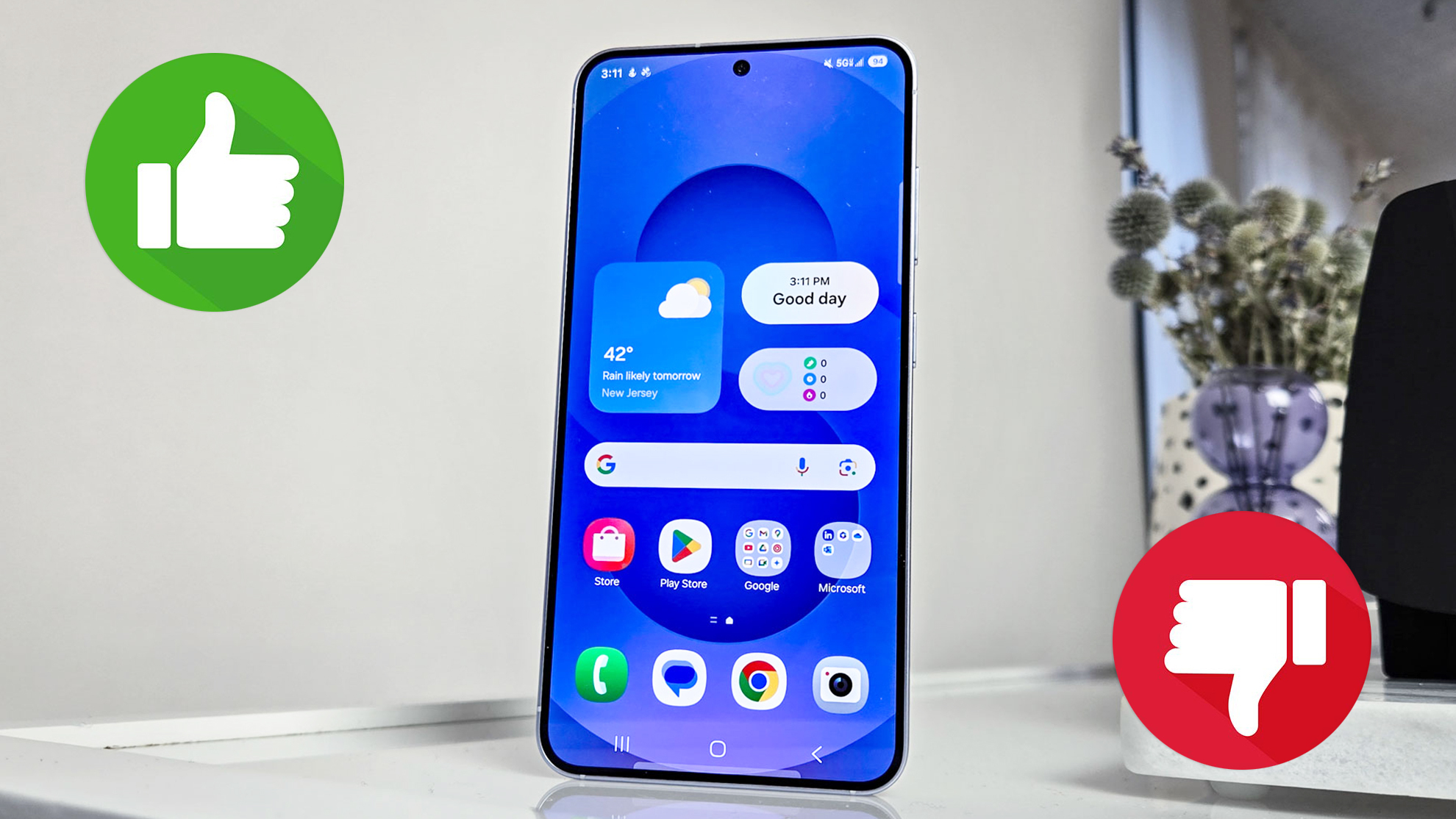
There's no more mystery about the Samsung Galaxy S25, which made its debut at Galaxy Unpacked this week after months of rumors and speculation about Samsung's plans for its new flagship. And it turns out the assumptions about this phone proved to be true — the Samsung Galaxy S25 offers a number of minor hardware changes but has a very strong focus on new Galaxy AI capabilities.
Will that be enough to convince you to upgrade to Samsung's latest phone? It's more than just a theoretical question, as Samsung has already started taking Galaxy S25 preorders in advance of the phone hitting stores on February 7. If you want to take advantage of any preorder deals, then you need to decide if the Galaxy S25 is right for you.
We can help. While we're still conducting testing on the entry-level flagship for a full review, we've spent some hands-on time with the Galaxy S25 and can share some first impressions. (That also goes for the Galaxy S25 Plus, in case you're mulling over Samsung's larger model, as it shares many of the Galaxy S25's features.) Here's what we like so far about the Galaxy S25, along with the features that might make us pause before upgrading to the new phone.
Galaxy S25 reasons to buy
Snapdragon 8 Elite
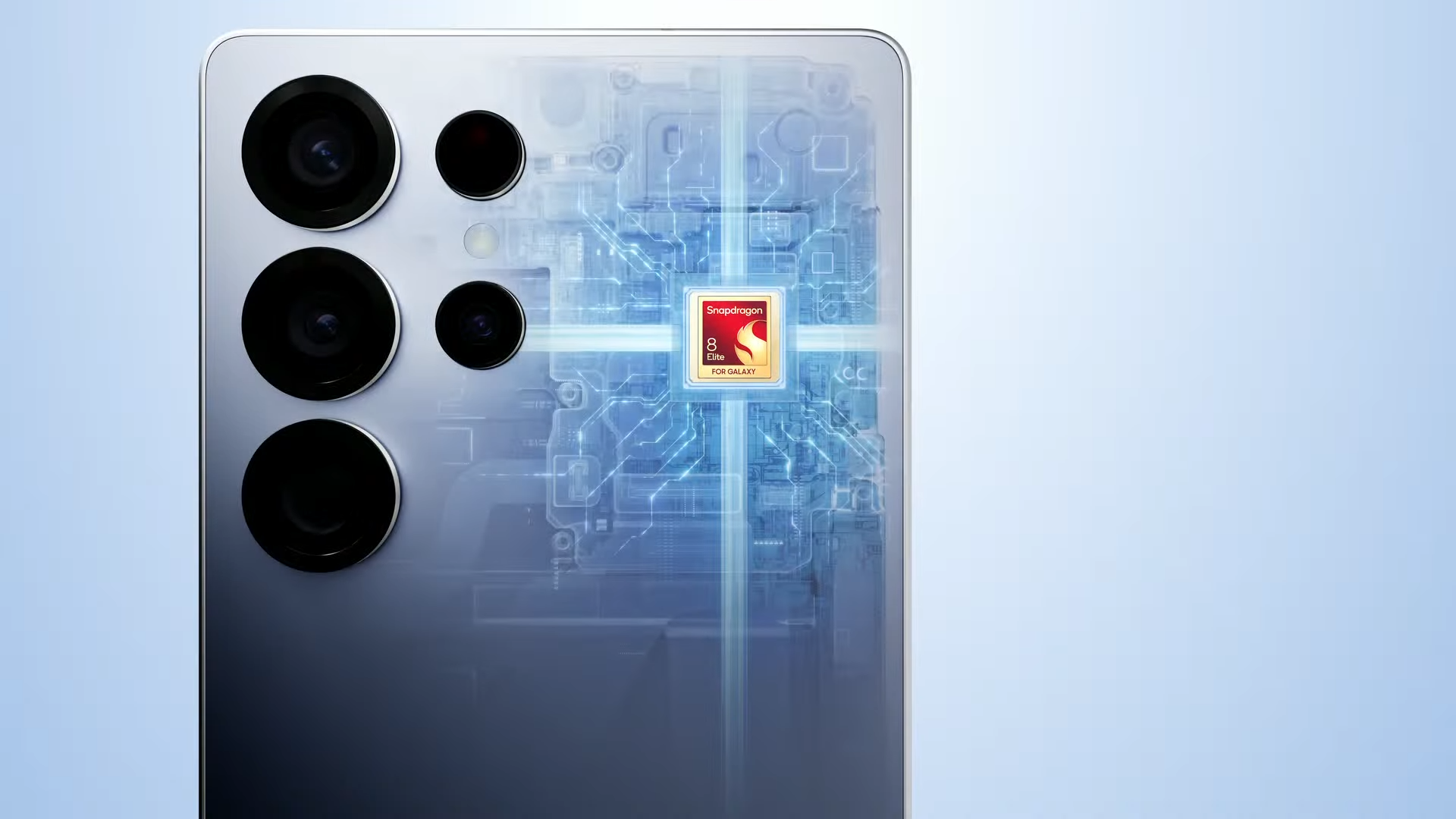
I said the Galaxy S25 introduces some modest improvements over its predecessors, but that doesn't include the Snapdragon 8 Elite silicon that's powering this phone. We've already seen examples of how this chipset boosts performance and battery life in phones like the Ausu ROG Phone 9 Pro and OnePlus 13. Now it's Samsung's turn to put this system-on-chip to good use, and from the sound of it, the phone maker's going to make the most of the opportunity.
Specifically, Samsung plans to use an optimized version of the Snapdragon 8 Elite that teases out more performance than you saw in the OnePlus 13, just to name one example. Samsung's talking about a 37% boost in CPU performance and 30% improvement to the GPU compared to the Snapdragon 8 Gen 3 that came before it. The NPU gets a boost, too, which should help with all the AI capabilities Samsung has introduced to this phone.
Best of all, you won't be playing chipset roulette when you buy a Galaxy S25 as you did with previous Samsung flagship models. Rather than use Qualcomm silicon in some phones and Exynos chips in others, every Galaxy S25 features this improved Qualcomm SoC, so you're getting the best possible experience no matter where in the world you're buying the phone.
More compelling AI features
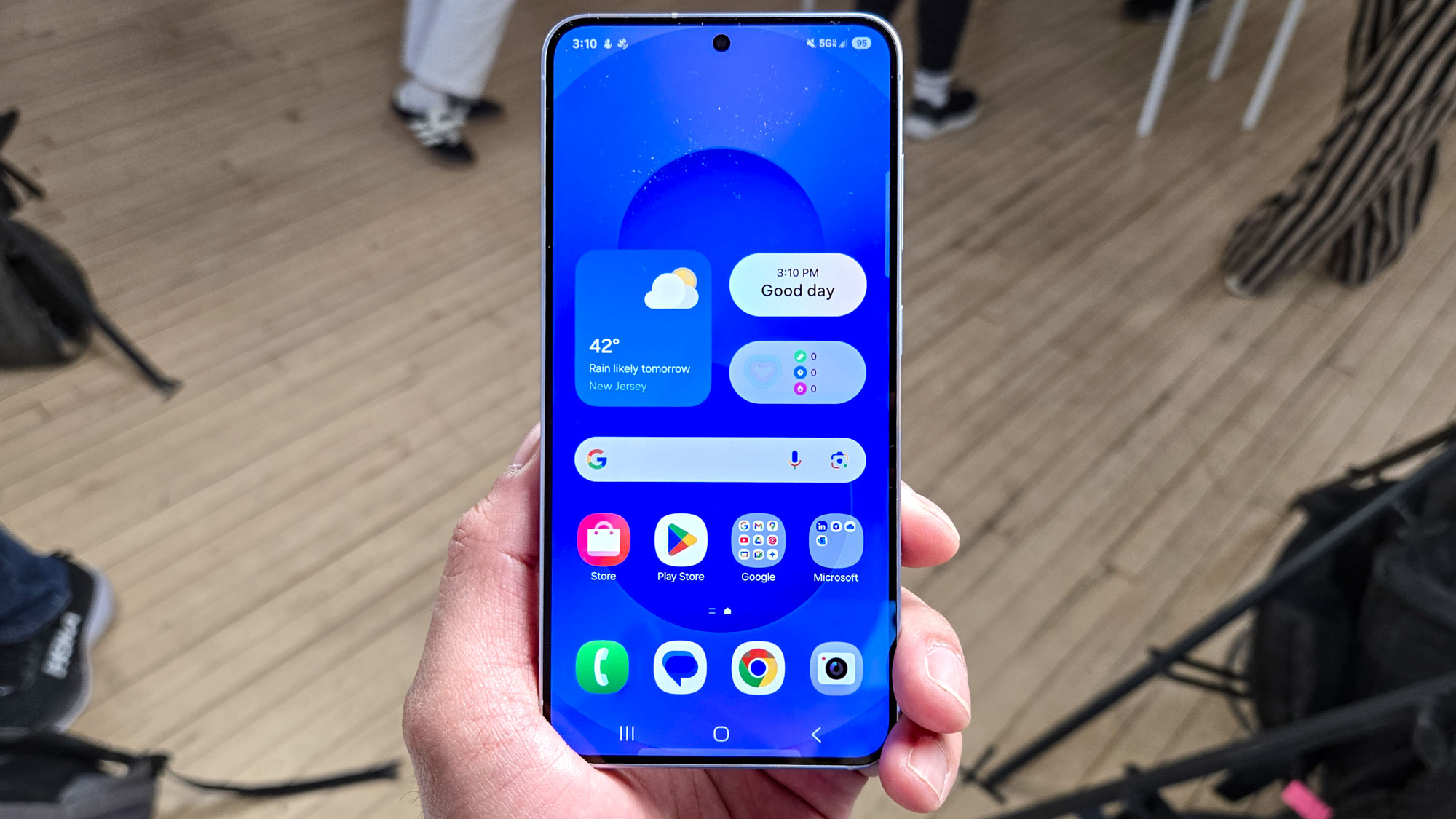
Last year's introduction of Galaxy AI was a solid start for AI capabilities on the phone, as Samsung included plenty of productivity-boosting bangers like Circle to Search, live translations and generative editing tools for images. This time around, the focus is on AI that does a better job of working across different apps on your phone and using your personal data to serve up appropriate suggestions that anticipate what you're looking for.
This AI agent feature lets you look up information about an upcoming event, add it to your calendar and text a friend about it —- all from the same command. Because the phone's Personal Data Agent feature is analyzing your behavior and remembering specific things you've done on the phone, it's able to help you more easily find photos, files and other data based on natural language searches. It sounds good on paper, especially if Samsung delivers on its promised privacy protections. Outside of the Snapdragon silicon, AI improvements are likely to be the main reason to upgrade to a Galaxy S25.
Crisper display
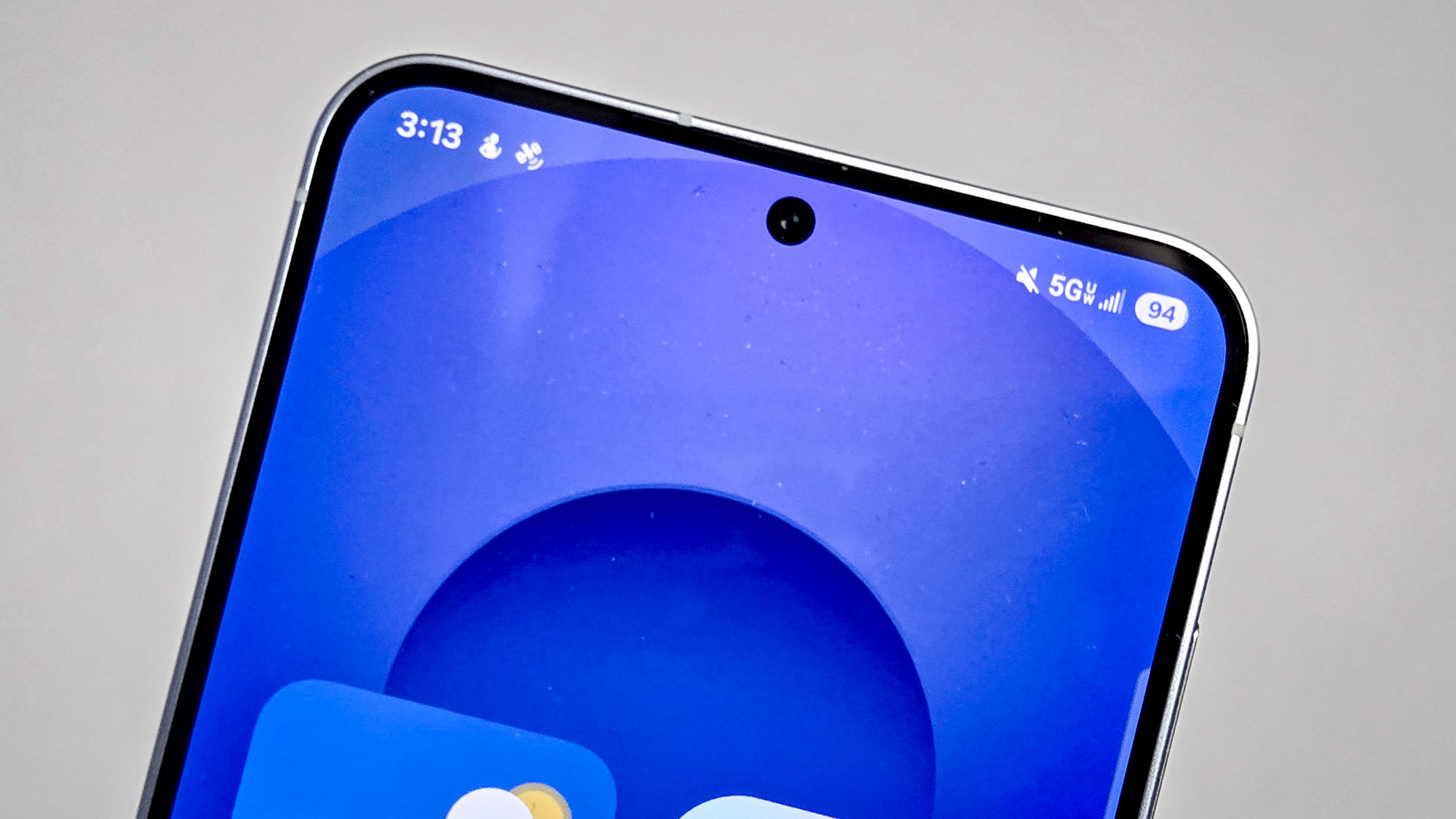
From a specs standpoint, not much has changed with the Galaxy S25's display. You get the same 6.2-inch screen size, the same refresh rate and the same resolution found on the Galaxy S24. The peak brightness of 2,600 nits promised by Samsung hasn't changed either.
But this time around, the display taps into a new ProScaler feature that taps into AI to improve the images on your screen. Samsung's claiming a 40% improvement in image accuracy, which we take to mean sharper images with better color accuracy and less noise in the picture whether you're watching video or playing games. A mobile Digital Natural Image engine is also supposed to make the Galaxy S25's display more power efficient which means you'll be able to keep the screen bright without sapping as much battery power.
Sleeker design
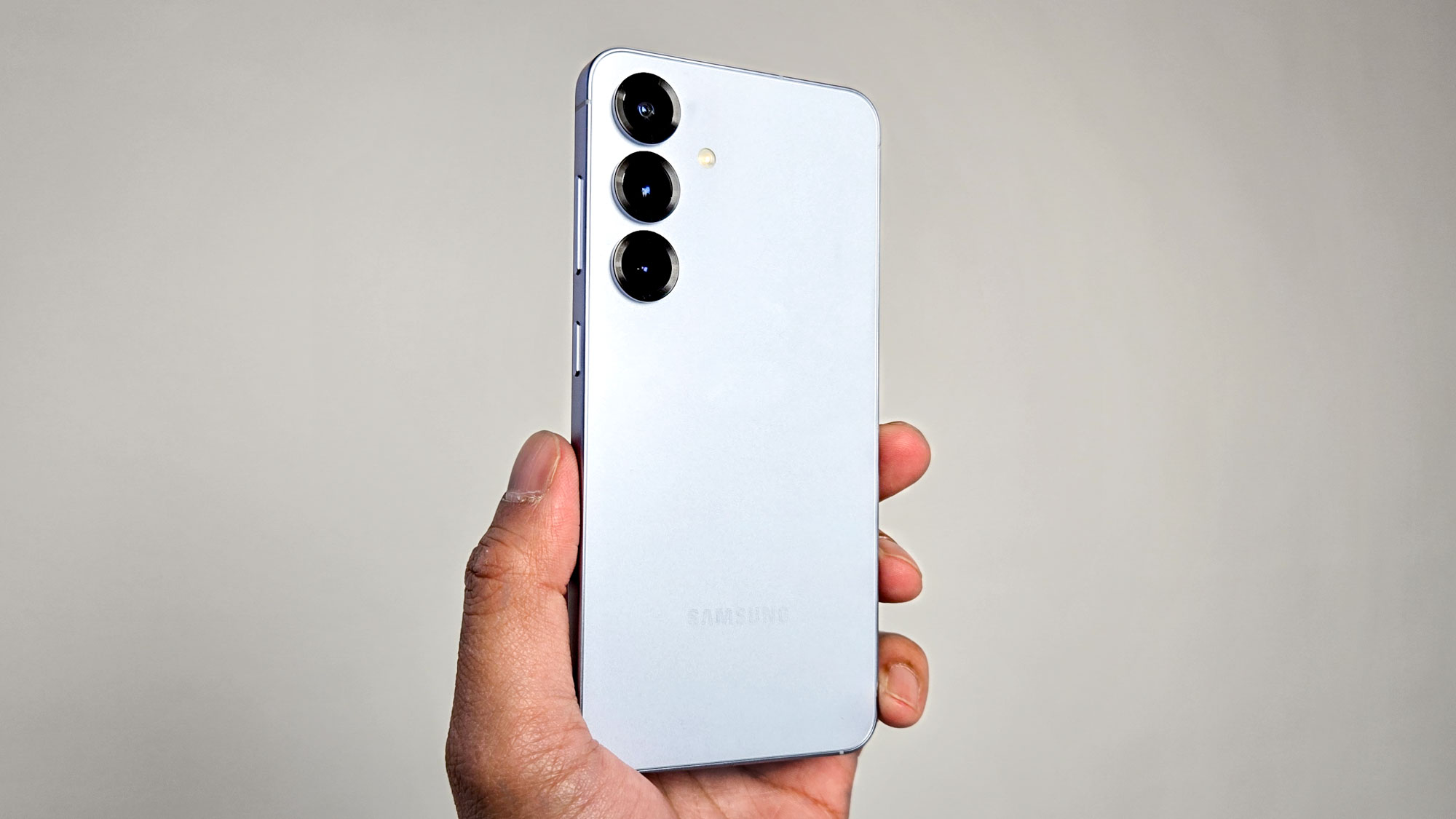
You're getting the same look as with recent Galaxy S flagships when you opt for the Galaxy S25. But my colleague John Velasco noticed some subtle changes when he went hands-on with the phone.
Specifically, the 5.78 x 2.77 x 0.28-inch Galaxy S25 is a bit more compact than the 5.79 x 2.78 x 0.30-inch Galaxy S24. Yes, that's a fractional change, but when one of your selling points is a compact form factor as it is with the base Galaxy S25 model, than shorter and thinner is always welcome. The new phone is 0.2 ounces lighter as well — again, not a change that stands out but one designed with making the Galaxy S25 easier to tote around.
No price hikes from the Galaxy S24
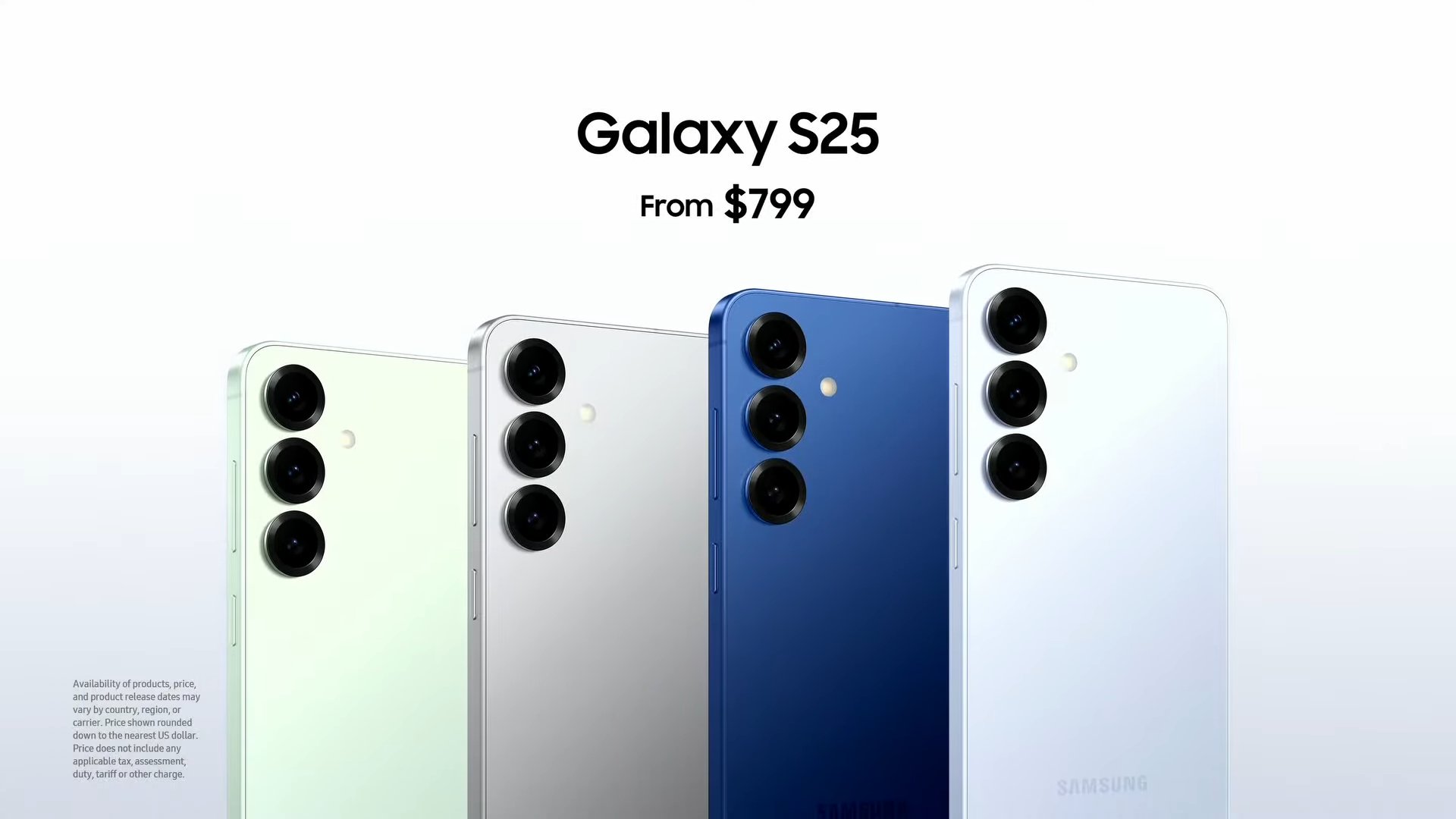
It seems like every phone launch brings rumors of imminent price hikes. Of course, the problem's been that in recent years, those rumors usually panned out, at least in some markets. Fortunately, with the Galaxy S25 Samsung is holding the line on pricing from last year's S24.
The Galaxy S24 starts at $799/£799 for a 128GB model, matching the Galaxy S24's starting price. (In Australia, the phone costs AU$1,399, but that's for a 256GB version, which is also unchanged from the S24.) Maybe the Snapdragon 8 Elite is a more expensive chip, as rumors were claiming and other components costs have gone up. But if that's the case, then Samsung has wisely chosen to eat the costs instead of passing them on to consumers at a time when we seem to be paying more for everything.
Galaxy S25 reasons to skip
No big camera improvements
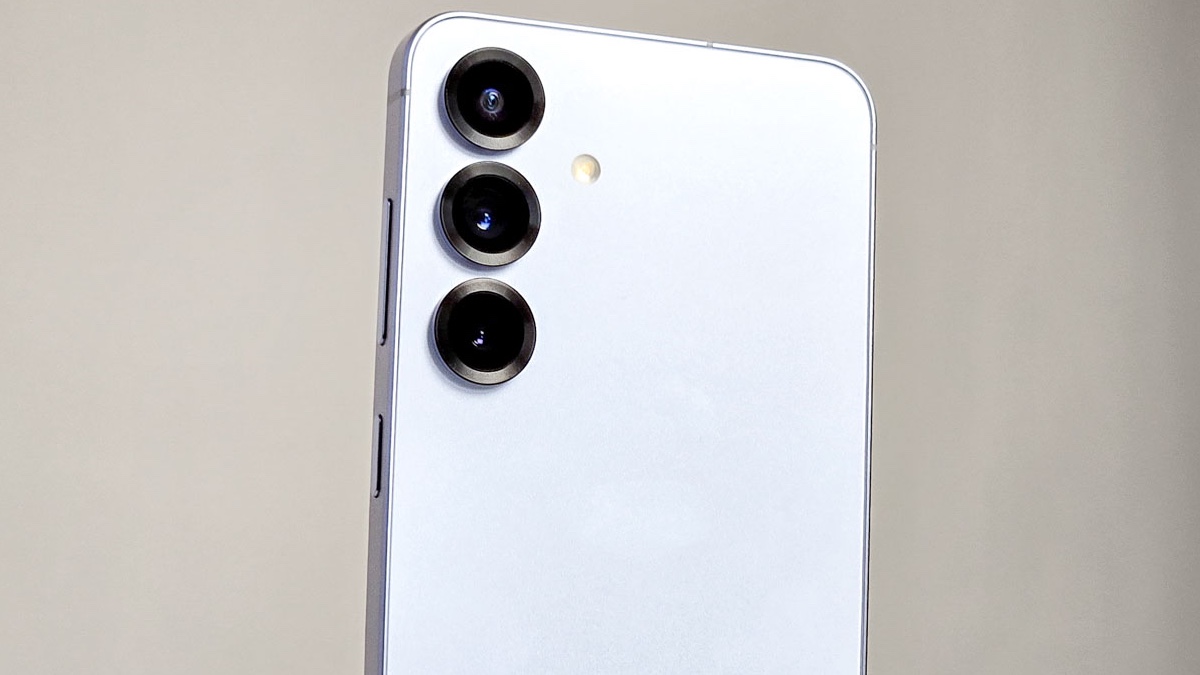
In terms of hardware, the Galaxy S25 camera setup appears unchanged from last year (and the Galaxy S24 introduced no real changes from the Galaxy S23). You still get a 50MP main camera, 12MP ultrawide and 10MP telephoto with a 3x zoom. That's not necessarily a step backward, given that the Galaxy S24 produced excellent photos. But it's not much incentive to upgrade if you have a Galaxy S23 or Galaxy S24.
Add to that the fact that phones like the OnePlus 13 are making camera improvements — both to the hardware and software on offer — and Samsung runs the risk of its entry-level flagship getting lapped by other camera phones.
To be fair to Samsung, the Galaxy S25 should benefit from an upgraded ProVisual Engine for processing images. And there are plenty of AI-powered editing improvements, with lots of features that should appear to anyone who captures video with the new phone. When we get a chance to compare the Galaxy S25 cameras with those on other phones, we could be singing a different tune, but for right now, it's hard not to look at the lack of changes on the camera front and feel underwhelmed by the Galaxy S25.
One UI 7 will be available to older phones
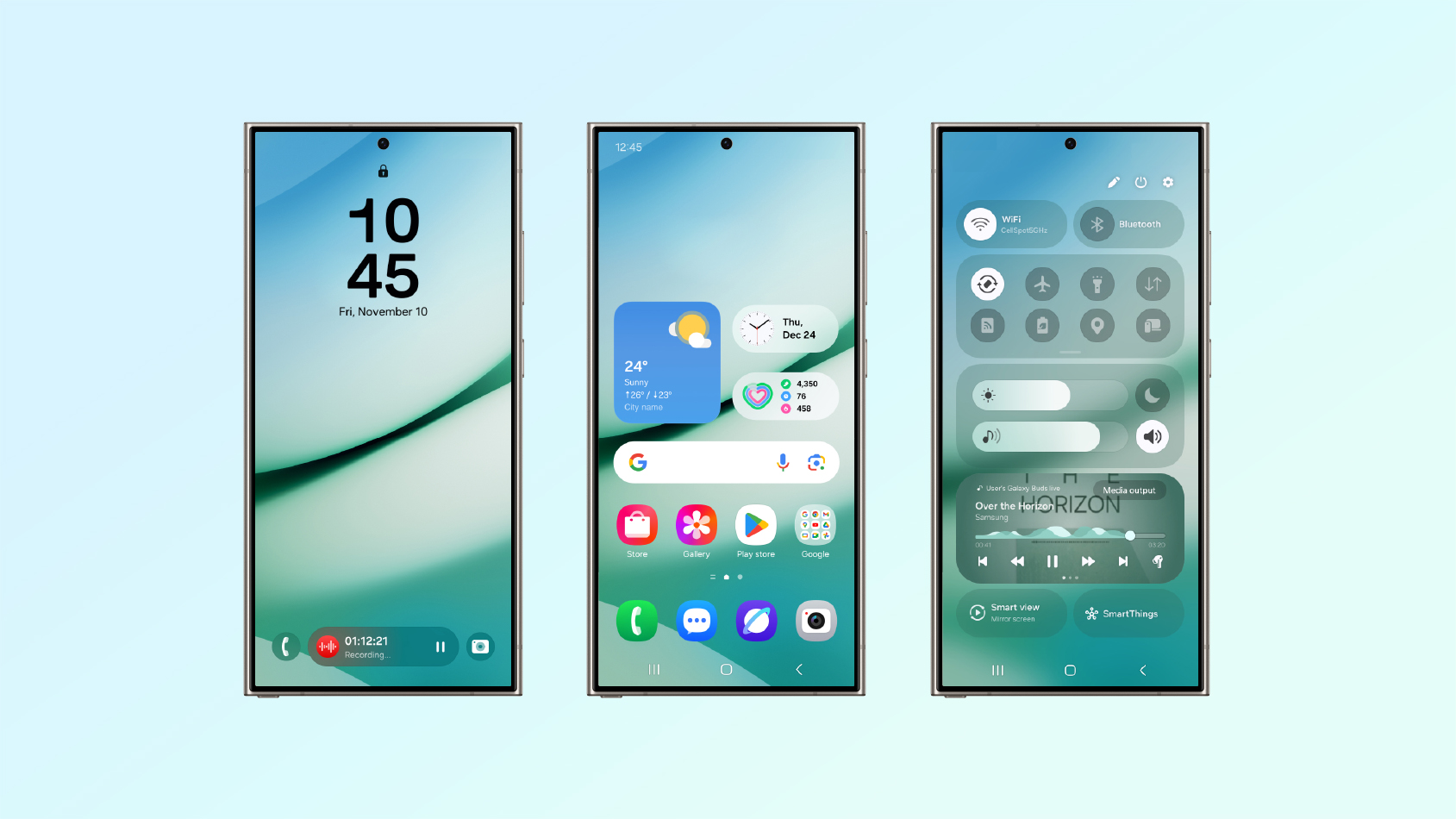
Let's give more credit to Samsung — One UI 7 looks great, and it's got a number of smart features we can't wait to try out. The Now Bar — which serves up priority notifications like upcoming meetings, sports scores and more — feels like a huge improvement. And the Now Brief looks to be a great way to start your day, as the Galaxy S25 brings up weather, traffic and other information you need first thing in the morning.
But One UI 7 isn't specific. It's rolling out to older Galaxy S models that are capable of supporting it, including the Galaxy S24 and Galaxy S23. Samsung's not specifically steering owners of those phones away from jumping to the latest Galaxy, but it's not going out fo its way to convince them that it's time for a new phone, either.
Qi2 wireless support comes with a catch
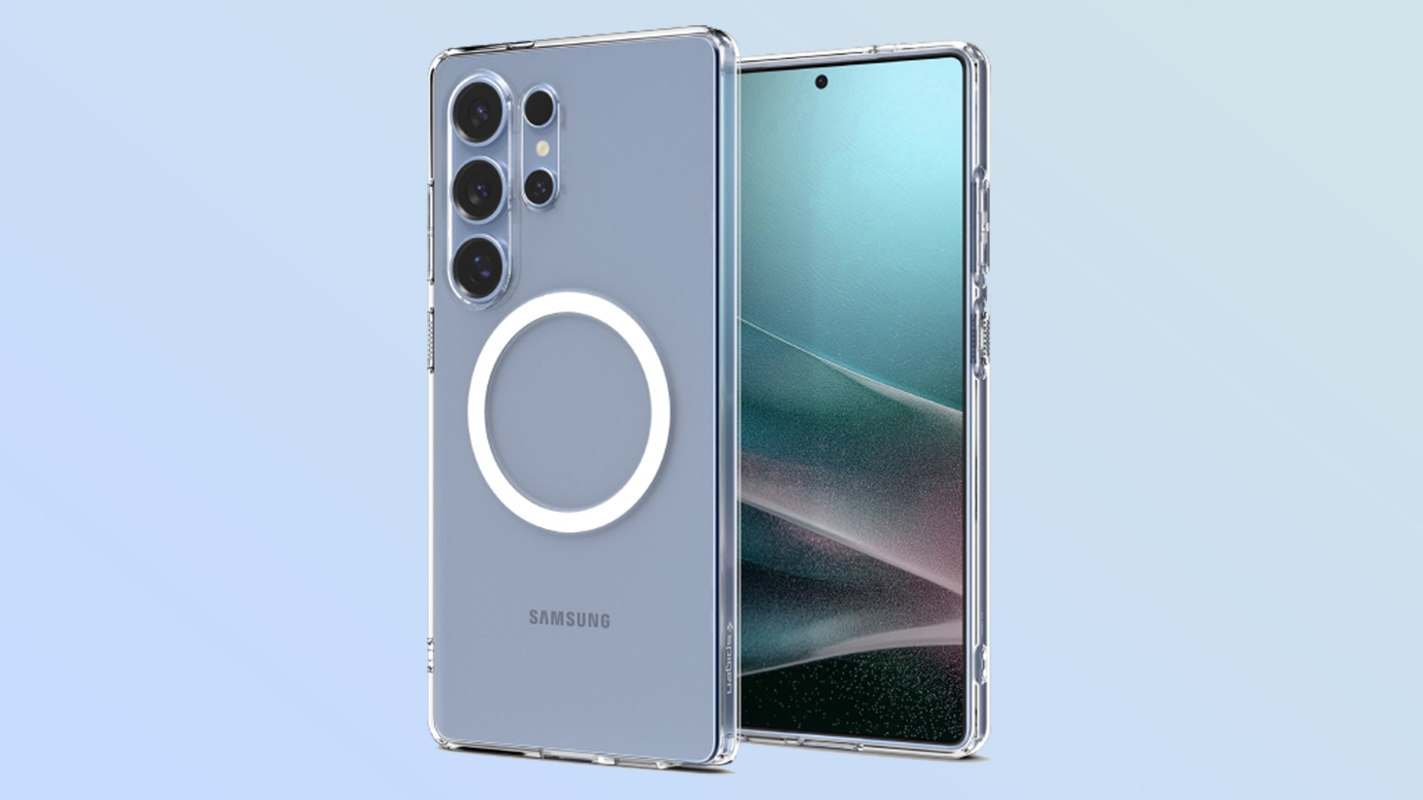
Earlier this month, Samsung pledged to support the Qi2 wireless charging standard that promises more secure connections for wireless charging as well as improvements to charging speed. "You can expect to see Android devices supporting Qi2 from Samsung Galaxy devices in 2025," Samsung said in a statement.
Well, the Galaxy S25 sort of supports Qi2 wireless charging. You'll need to spring for Qi2 case if you want to be able to connect with Qi2 chargers and other magnetic mounts and accessories. The phone itself still offers the same 15W wireless charging speeds as last year's offering. In fact, charging speeds are unchanged all around on the Galaxy S25, another bummer.
It's a more competitive Android phone market
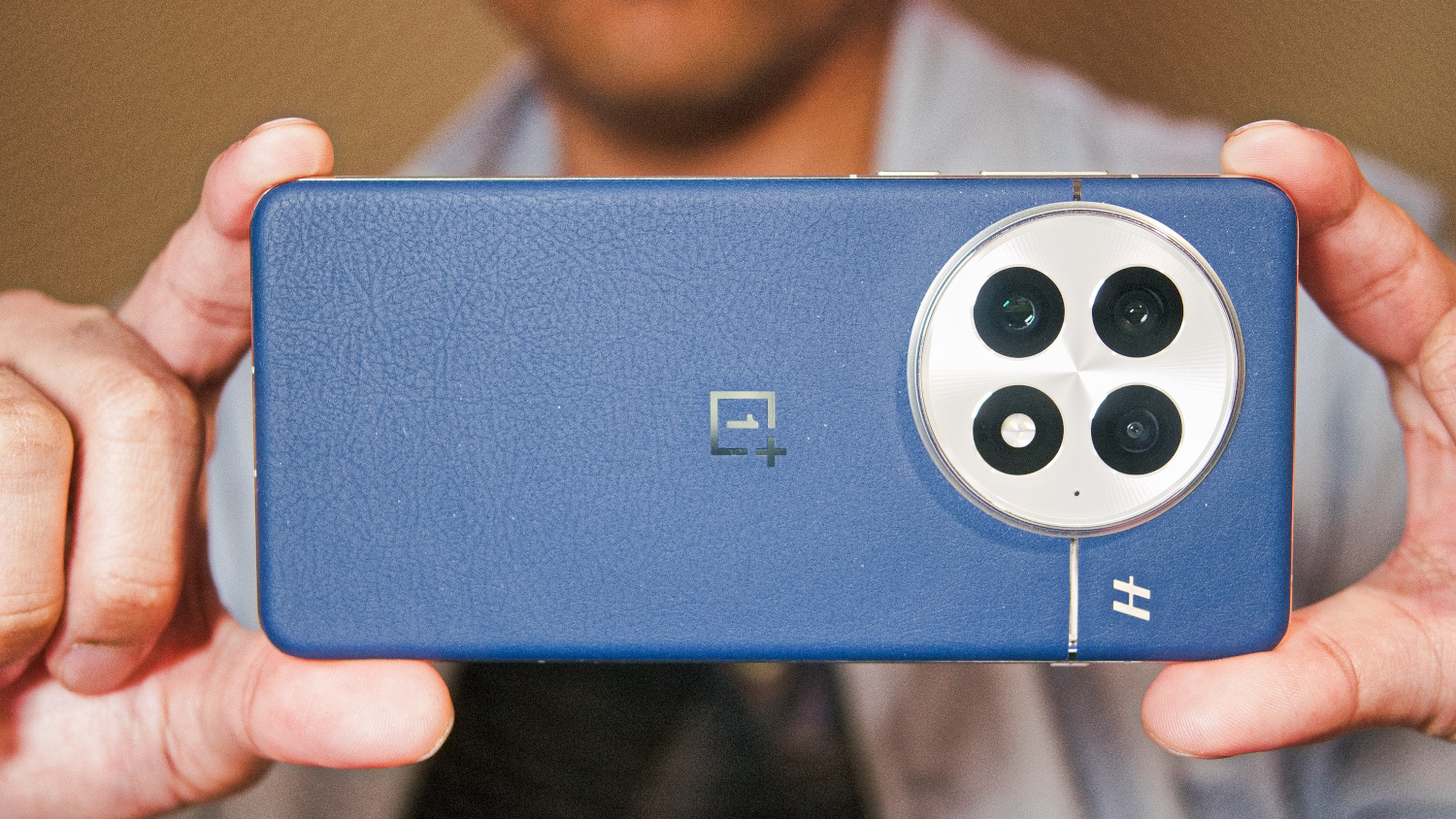
The Galaxy S series has established itself as the go-to Android device in large part because it had Samsung's name and resources behind it. That means Samsung flagships could adopt any feature they needed to keep well ahead of the pack.
That hasn't necessarily happened this year. As welcome as the Galaxy AI improvements are and as much as they'll help the Galaxy S25 stand out from other phones, there's so much about this year's model that has been ported over from the Galaxy S25. We've already mentioned the same cameras and the same charging speed, but the Galaxy S25 also offers the same battery size as its predecessor.
Contrast that with the Pixel 9 series, which has added Galaxy AI features of its own. Or the OnePlus 13 with its very impressive camera improvements. We'll skip the Galaxy S25 vs. iPhone 16 comparison for now, as not everyone's willing and able to switch phone platforms. But thee's enough happening with other well-regarded Android phone makers where Samsung can't afford to get by with minimal updates.
Galaxy S25 outlook
The Galaxy AI improvements and better silicon deliver important changes to the Galaxy S25, and if you've been holding on to your phone for a while, you'll see a big gain by upgrading. Owners of more recent phones may want to hold off at least until we can finish a more formal review to see if there's more enhancements we've yet to uncover.







